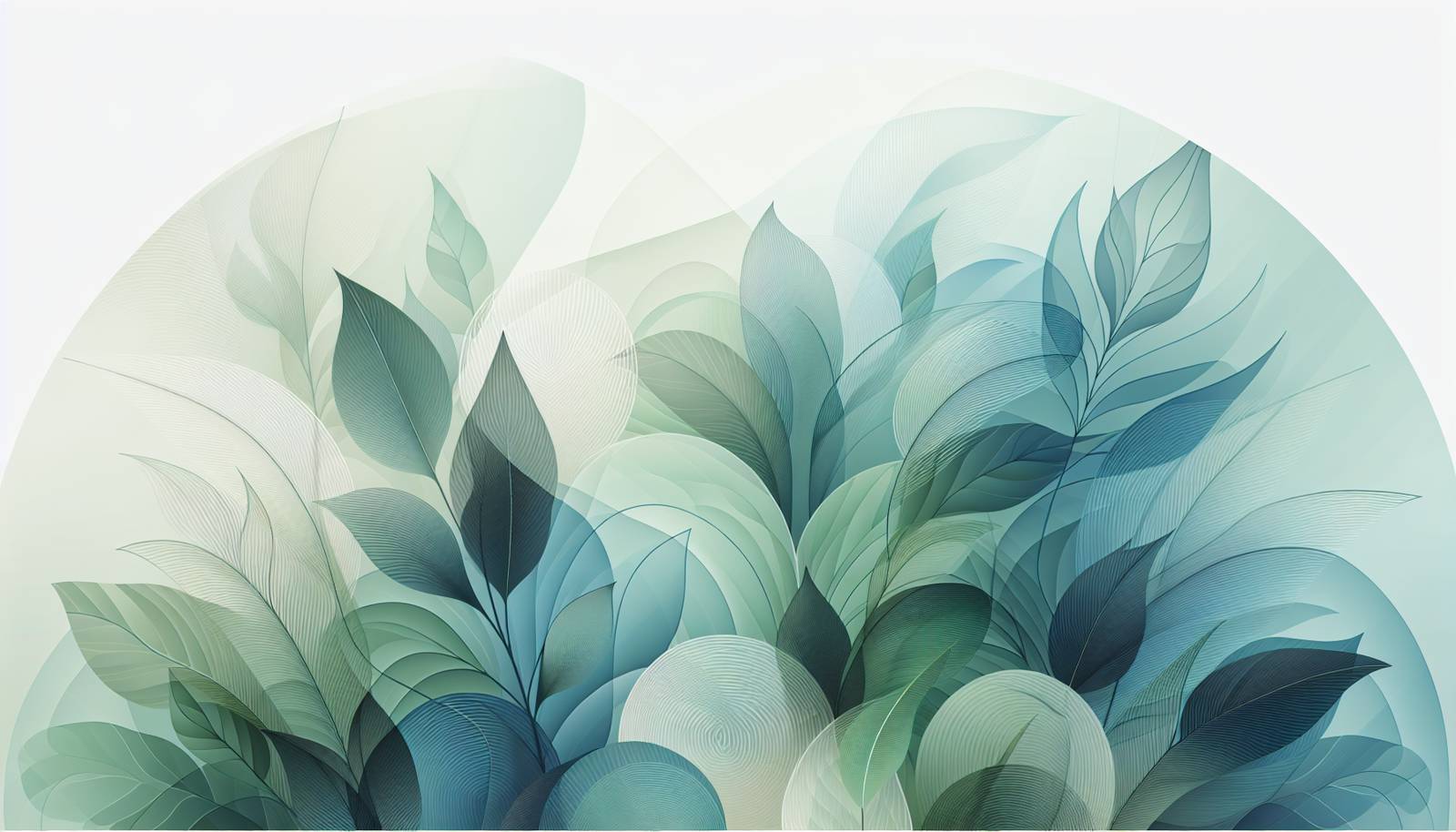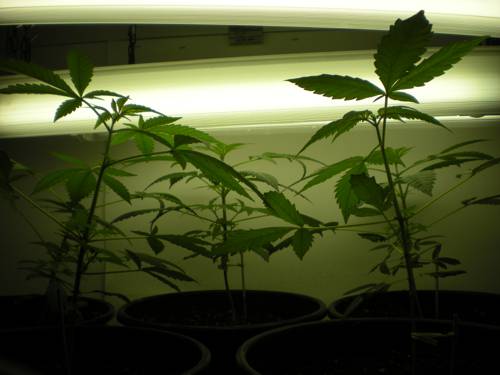
FAQ About Indoor Plant Lighting Spectrum and Effects

What is the importance of light spectrum for indoor plants?
The light spectrum refers to the range of light wavelengths visible to the human eye, which is essential for photosynthesis in plants. Different wavelengths in the spectrum affect plant growth, flowering, and fruiting processes. Blue light promotes vegetative growth, while red light encourages flowering and fruiting. Understanding the light spectrum can help you provide the best conditions for your indoor plants.

How do different colors in light spectrum affect plant growth?
Blue light (around 400-500 nm) is crucial for vegetative growth as it helps in leaf development and overall plant structure. Red light (around 600-700 nm) stimulates flowering and fruit production. Green light (500-600 nm) is less effective for photosynthesis but can penetrate deeper into the plant canopy. A balance of these light spectrum colors is ideal for optimal plant health.

What are the common artificial lighting options for indoor plants?
Common artificial lighting options for indoor plants include LED lights, fluorescent lights, and high-intensity discharge (HID) lamps. LED lights are energy-efficient and offer customizable spectrum options. Fluorescent lights are cost-effective and suitable for low-light plants. HID lamps provide intense light suitable for high-light plants but tend to consume more energy.

Why are LED lights considered the best choice for indoor plants?
LED lights are considered the best choice for indoor plants because they are energy-efficient, have a long lifespan, and provide the ability to customize the light spectrum to match the needs of specific plants. LEDs emit less heat, reducing the risk of burning plant foliage and allowing closer placement to the plants.

Can regular household bulbs be used for indoor plant lighting?
Regular household bulbs, such as incandescent bulbs, are not ideal for indoor plant lighting. They tend to generate more heat than useful light wavelengths and do not provide the correct spectrum for promoting plant growth, particularly in terms of blue and red light necessary for photosynthesis and flowering.

Do all indoor plants require full spectrum lighting?
Not all indoor plants require full spectrum lighting. The lighting needs depend on the plant species. Some plants thrive under specific wavelengths; for instance, leafy greens may benefit from blue light, while flowering plants may require more red light. Understanding your plant's specific light requirements can help optimize their growth.

How can I optimize light for indoor plants that require high intensity lighting?
To optimize light for indoor plants requiring high-intensity lighting, use high-quality LED grow lights that provide full spectrum coverage including both red and blue light wavelengths. Positioning the lights closer to the plant but ensuring adequate ventilation will provide the best conditions without overheating the plants.

What is photosynthetically active radiation (PAR)?
Photosynthetically Active Radiation (PAR) refers to the range of light wavelengths from 400 to 700 nm that plants use for photosynthesis. PAR is critical for assessing the usefulness of light for plant growth, with blue and red light being the most effective within this range.

How does red light promote flowering in plants?
Red light promotes flowering in plants by influencing phytochromes, which are light-sensitive proteins that regulate various aspects of plant development. The red wavelength helps to initiate flowering and fruit development by altering the plant's hormonal balance.

What role does blue light play in indoor plant growth?
Blue light plays a crucial role in indoor plant growth by affecting chlorophyll production, which is vital for photosynthesis. It also influences phototropism, the growth direction of a plant in response to light, ensuring sturdy stem and leaf development.

Can too much light spectrum intensity harm indoor plants?
Yes, too much light intensity can harm indoor plants, leading to leaf burn, dehydration, and increased physiological stress. It's important to adjust the light intensity based on the specific needs of the plant and to ensure the light source is at an appropriate distance.

What are the benefits of using fluorescent lights for indoor plants?
Fluorescent lights provide a cost-effective lighting option for indoor plants, emitting less heat while offering adequate light for low to medium-light plants such as herbs and leafy vegetables. They are energy-efficient and have a broad light spectrum, making them suitable for general plant growth.

How does the Kelvin rating of a light bulb affect plant growth?
The Kelvin rating of a light bulb describes the color temperature of the light, influencing how plants perceive light quality. Lower Kelvin ratings (warm light) have more red wavelengths beneficial for flowering, while higher Kelvin ratings (cool light) provide more blue wavelengths supportive of vegetative growth.

Is it necessary to simulate natural daylight for indoor plants?
While not always necessary, simulating natural daylight for indoor plants can enhance their growth by providing a more balanced spectrum of light. Full-spectrum LED lights are often used to mimic natural sunlight, which can benefit plants that are not exposed to outdoor conditions.

What is the best way to measure light intensity for indoor plants?
Light intensity for indoor plants can be measured using a light meter, which quantifies the amount of light received on a specific area. These meters can help adjust the position of light sources to ensure that plants receive adequate light without being overexposed.

Do indoor plants need different light spectra during different growth phases?
Yes, indoor plants often require different light spectra during different growth phases. For example, blue light is more beneficial during the vegetative growth phase, whereas red light is crucial for flowering and fruiting. Adjusting the light spectrum according to the plant's growth stage can enhance overall plant health and productivity.

How long should indoor plants be exposed to artificial lighting each day?
The duration of artificial lighting exposure for indoor plants depends on the light intensity and the plant species. Typically, plants need about 12-16 hours of light per day. However, this can vary, so it’s important to understand the specific needs of your plants for optimal growth.

Can plants get nutrients from artificial lights?
Plants do not obtain nutrients from artificial lights themselves, but the light provides energy for photosynthesis, which allows plants to process nutrients from the soil. Adequate light exposure is essential for indoor plants to synthesize food and absorb nutrients efficiently.

What are some signs that indoor plants are not receiving enough light?
Signs that indoor plants are not receiving enough light include slow growth, pale or yellowing leaves, and elongated or spindly stems as they stretch towards the light source. Adjusting the light conditions or moving the plant to a brighter location can help address these issues.

What is the role of UV light in plant growth?
UV light plays a limited role in plant growth but can contribute to stress responses that enhance the plant's defense mechanisms against pests and diseases. Some studies suggest that low levels of UV-B light can promote secondary metabolite production, which might increase a plant's nutritional value.
